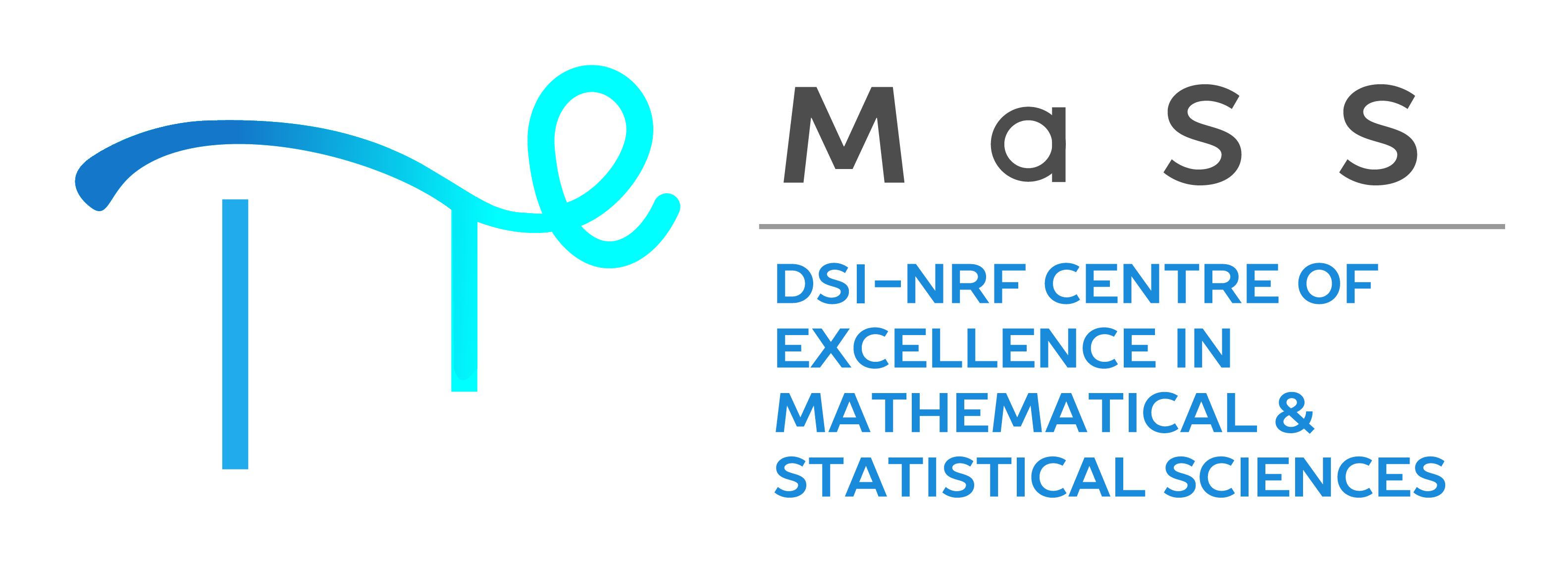Modelling blood flow during syringing
Jaimé Goedhals\(^*\), Dr A. de
Villiers, and Prof. G.J.F.
Smit
Stellenbosch University
SAMS Subject Classification Number: 23
In low-resource settings, such as in rural hospitals, emergency rapid blood transfusions are often administered via syringing. However, this has been shown to cause significant hemolysis as compared to the use of a pressure bag, which can have negative effects on the patient receiving the transfusion. It is therefore the aim of this project to develop guidelines for performing rapid blood transfusions via syringing to make this option safer and more viable. This will be achieved by using numerical simulations together with various hemolysis models to determine under what flow conditions hemolysis is most likely to occur.
The blood flow is initially modelled as a Newtonian fluid flowing through a sudden contraction, which represents the syringe. The problem is then extended to non-Newtonian flow. Various non-Newtonian models are explored for this application. The problem is solved using the finite element software deal.II.


